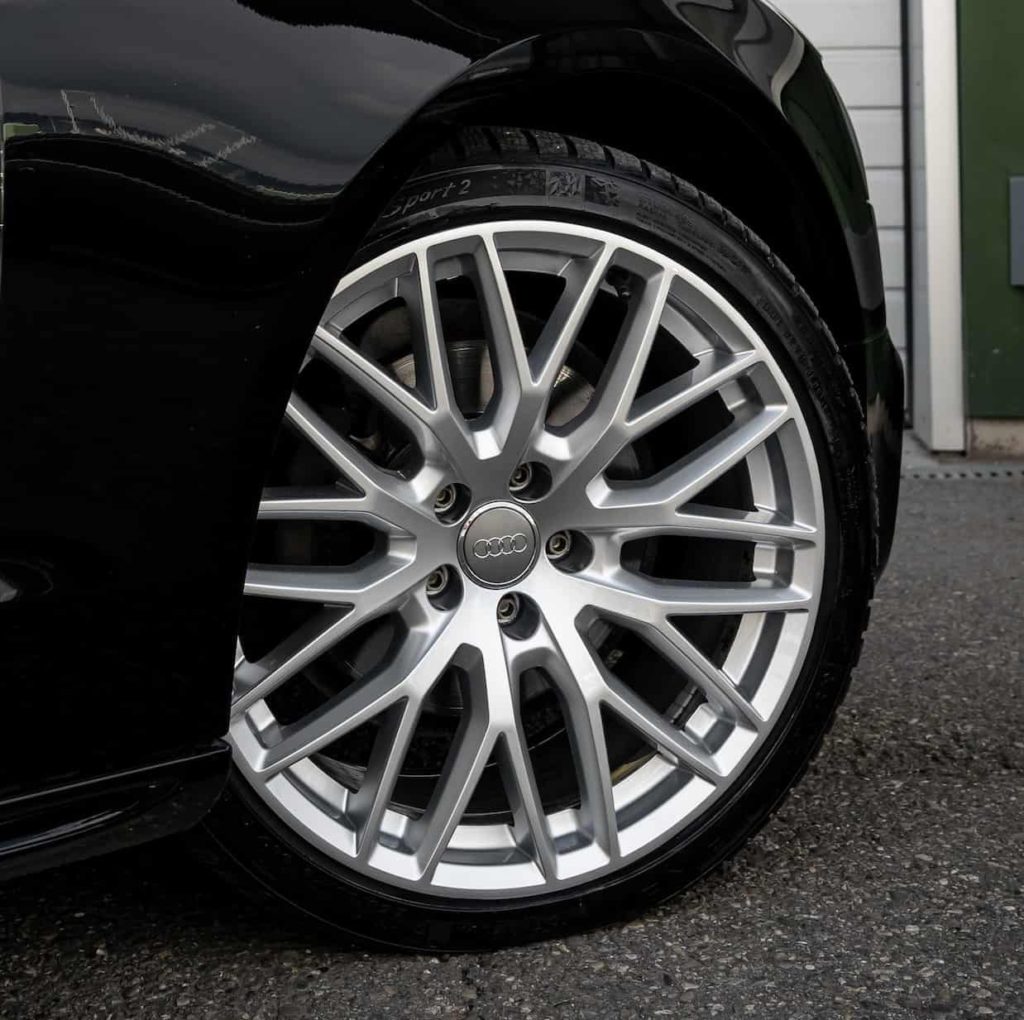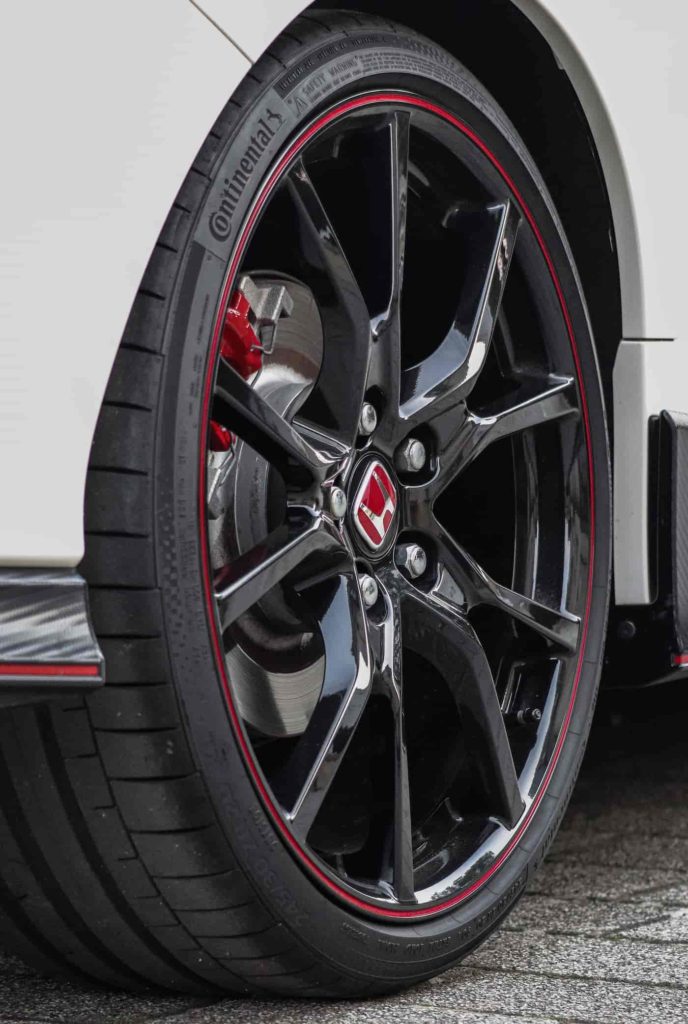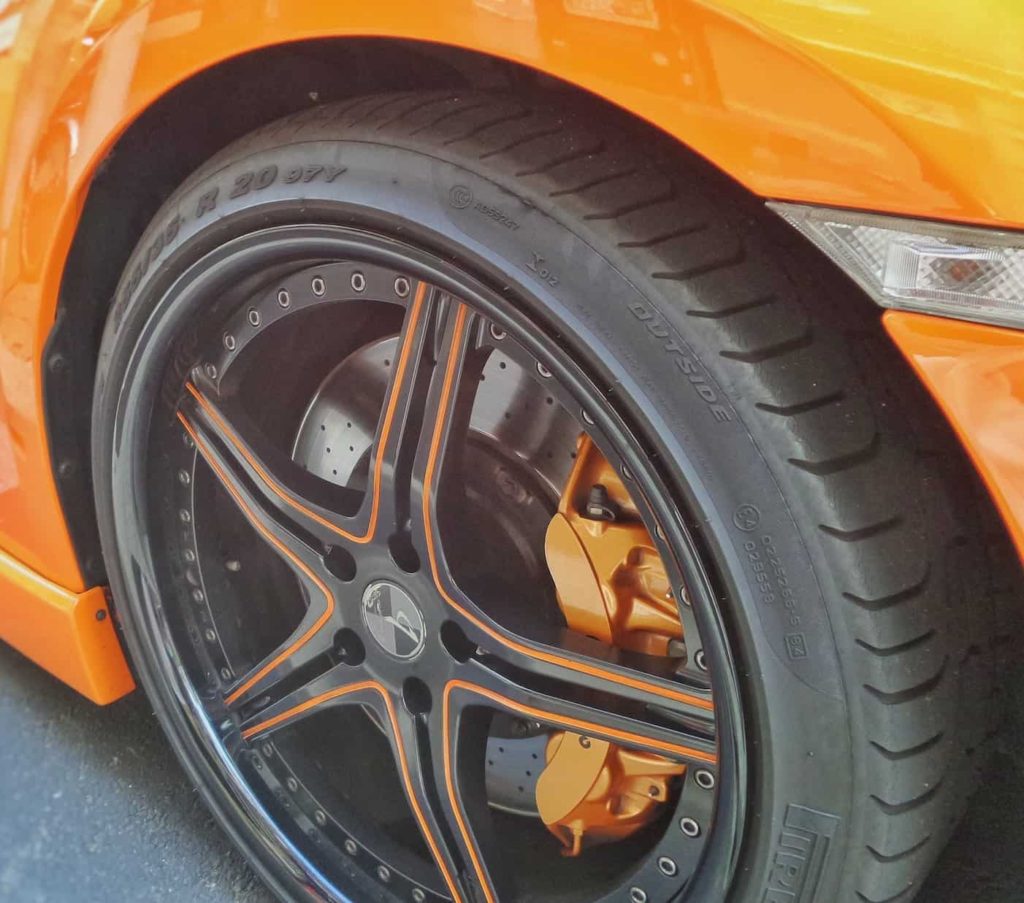Low Profile Tires
The world of automotive engineering is a fascinating realm where innovation and performance are constantly pushing boundaries. One such area that has gained significant attention in recent years is the utilization of low profile tires. These sleek and stylish tires not only enhance the appearance of vehicles but also offer several advantages in terms of handling, braking, and overall driving experience.
However, they also come with some drawbacks that should be carefully considered. In this comprehensive article we will delve into the world of low profile tires.
What are Low Profile Tires?
Low profile tires refer to a specific type of tire characterized by a shorter sidewall height compared to conventional tires. The “profile” here refers to the aspect ratio or the ratio between the width of the tire’s tread and its sidewall height. In low profile tires this aspect ratio is significantly reduced and results in a wider tread and a visibly thinner sidewall.
Typically, low profile tires have an aspect ratio of 45 or lower (e.g., 40 or 35). This unique construction gives these tires their distinct look by creating a more aggressive design with larger visible wheels.
History and Evolution of Low Profile Tires
The concept of low profile tires can be traced back to the mid-20th century when automotive manufacturers began experimenting with ways to improve vehicle performance through tire design modifications. The initial goal was to reduce sidewall flexing during cornering maneuvers in order to enhance stability and responsiveness.
This led tire manufacturers to develop lower aspect ratios that would limit sidewall movement while maintaining adequate load-carrying capacity. In the early days low profile tires were primarily used in racing applications before gradually making their way into high-performance street cars from prestigious automakers like Porsche and Ferrari.
As the demand for enhanced performance and improved aesthetics grew, tire manufacturers saw a market opportunity and started producing low profile tires for mainstream vehicles. Over time advancements in tire manufacturing technology have allowed for greater flexibility in tread compounds, sidewall constructions, and overall tire designs.
This has led to further refinement of low profile tires resulting in improved handling characteristics, reduced rolling resistance, and increased durability. Today they have become a popular choice not only among performance enthusiasts but also among everyday drivers seeking an extra touch of style and finesse in their vehicles. Lets face it, wheels and tires complete the look of a car.
Pros of Low Profile Tires
Enhanced Handling and Responsiveness
When it comes to handling and responsiveness, low profile tires hold a distinct advantage over their traditional counterparts. This can be attributed to the reduced sidewall flex that these tires offer. With less sidewall height there is less deformation during cornering which results in improved cornering stability.
The reduced flex allows the tire to maintain better contact with the road surface, providing enhanced grip and control around tight turns. This characteristic makes low profile tires particularly appealing for driving enthusiasts or individuals seeking a more engaging driving experience.
Increased Steering Precision and Feedback
Low profile tires also contribute to increased steering precision and feedback. The stiffer sidewalls of these tires provide better communication between the driver’s inputs at the steering wheel and the actual movement of the vehicle.
This heightened level of feedback allows drivers to have a more accurate understanding of how their actions translate into vehicle dynamics. With every turn of the wheel drivers can feel a stronger connection to the road beneath them, creating a more engaging and responsive driving experience.
Improved Braking Performance
Another significant advantage offered by low profile tires is their ability to improve braking performance. Thanks to their larger contact patch with the road surface compared to regular tires with taller sidewalls, low profile tires enable shorter stopping distances.
A larger contact patch means that more rubber from the tire is in direct contact with the road during braking maneuvers. As a result these tires provide increased traction and grip on dry surfaces that allow for quicker deceleration when it matters most – during sudden emergency stops.
Stylish Appearance and Aesthetic Appeal
Beyond their functional advantages low profile tires also offer a distinct visual appeal. The sleek low sidewall design creates a more aggressive and dynamic look that enhances the overall appearance of a vehicle. Low profile tires have become synonymous with performance-oriented vehicles, imparting an air of exclusivity and style to those who have them.
Whether it’s the allure of showcasing a high-performance sports car or simply adding a touch of visual flair to an everyday ride, the aesthetic appeal of low profile tires cannot be underestimated.
Cons of Low Profile Tires
Despite their numerous advantages low profile tires do come with a few drawbacks that potential buyers should consider. One of the most prominent disadvantages is the reduced ride comfort compared to traditional tires.
This can be attributed to the stiffer sidewalls commonly found in low profile tires. While this stiffness contributes to improved handling and responsiveness, it also means that more road imperfections are transmitted directly to the cabin.
Stiffer Sidewalls Transmit Road Imperfections
The increased rigidity of low profile tire sidewalls means that they have less flexibility to absorb shocks and bumps on the road. As a result passengers may experience a harsher ride quality especially on rough or uneven surfaces. The lack of cushioning effect from softer side walls can make long drives less comfortable and potentially lead to fatigue.
Increased Susceptibility to Pothole Damage
Low profile tires are also more susceptible to damage from potholes and other road hazards due to their reduced amount of rubber between the rim and the road surface. With less distance for impact absorption, hitting a pothole can lead to wheel or tire damage more easily than with standard tires. This vulnerability adds an extra layer of caution when driving in areas known for poor road conditions or frequent potholes. Cracking a wheel when driving with low profile tires is very common and may be inevitable depending on the roads driven on.
Decreased Traction on Wet or Snowy Surfaces
An important consideration for drivers is how low profile tires perform in adverse weather conditions such as rain or snow. Due to their shallower tread depth compared to conventional tires, low profile tires might exhibit reduced grip in wet or snowy conditions. The limited tread depth makes it harder for water or slush to be effectively evacuated from beneath the tire’s contact patch, increasing the risk of hydroplaning and compromising overall traction.
Shallow Tread Depth
Low profile tires typically have a shorter tread depth, which limits their ability to disperse water or snow from the road’s surface. This diminished capability can impair their performance in wet or snowy conditions, leading to longer braking distances and reduced control. It is important for drivers relying on low profile tires to exercise caution when driving under these circumstances and consider switching to winter-specific tires if necessary.
Higher Risk of Hydroplaning
Another consequence of the limited tread depth is an increased risk of hydroplaning. As low profile tires struggle to channel water away effectively, a layer of water may form between the tire and the road surface.
This creates a loss of traction making it more difficult for drivers to maintain control over their vehicle. Consequently, it becomes crucial for low profile tire owners to adapt their driving style during wet conditions by reducing speed and maintaining safe distances from other vehicles.
Wheel Damage
In addition to potential tire-related issues low profile tires are also more prone to wheel damage compared with regular tires. The limited sidewall height provides less protection against curbs or other objects that could cause damage or bending when parking or maneuvering in tight spaces. This vulnerability makes it essential for drivers with low profile tires to exercise greater caution while parking and be extra diligent around curbs or obstacles that could pose a threat. Low profile tires are also extremely vulnerable to tire bubbles after hitting curbs.
Different Driving Conditions
Performance Vehicles
Low profile tires are highly sought after by owners of sports cars and high-performance sedans who prioritize maximum grip and agility on the road. These vehicles demand precise handling and responsiveness, both of which are enhanced by low profile tires. The reduced sidewall flex of these tires allows for improved cornering stability that enables drivers to take sharp turns at higher speeds without compromising control. Additionally, the increased steering precision and feedback provided by low profile tires allow drivers to feel more connected to the road, further enhancing their driving experience.
However, it is worth noting that low profile tires are not recommended for off-road or rough terrain driving due to their limited sidewall protection.
Urban Driving
In urban settings with tight corners and parking spaces, low profile tires can be a suitable choice for city dwellers seeking improved handling capabilities. These tires provide better traction and stability during quick maneuvers, allowing drivers to navigate through congested streets with ease.
However, it’s important for urban drivers to consider the condition of the roads they frequently encounter. While low profile tires excel on smooth surfaces, they may not fare as well on pothole-ridden or poorly maintained roads where they can transmit more road imperfections onto the wheels and into the cabin.
Long Distance Highway Driving
When it comes to long-distance highway driving, low profile tires may not be the optimal choice for all drivers. While they offer advantages in terms of enhanced handling and responsiveness at higher speeds, they typically provide a stiffer ride due to their stiffer sidewalls. This stiffness can result in decreased comfort during prolonged periods of driving on highways.
Additionally, low profile tires may be more susceptible to damage from debris on the road that increases the risk of punctures or sidewall cuts. Therefore, drivers considering long highway journeys should carefully assess their priorities and balance the advantages and disadvantages before selecting low profile tires for their vehicles.






